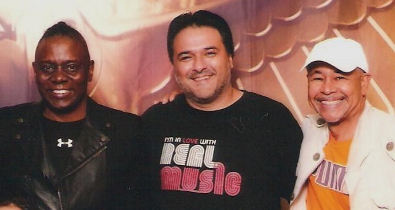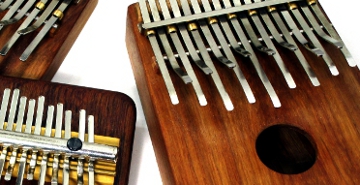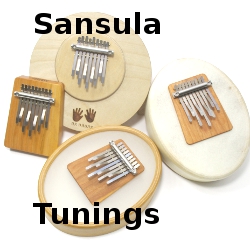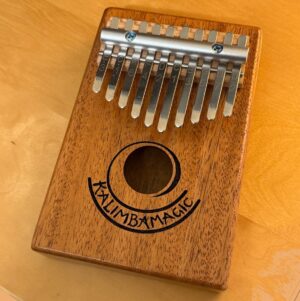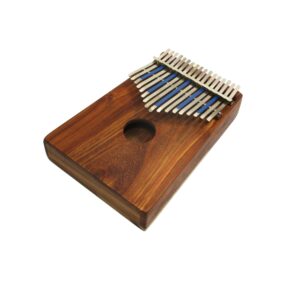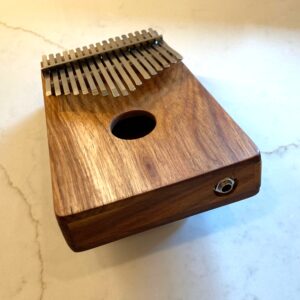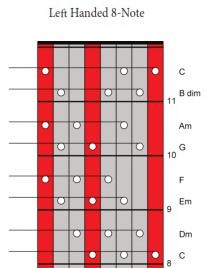
Kalimbas for Accessibility
Scales and Chords for One-Sided 8-Note Kalimbas Left: ergonomic setup for individual with the use of their left hand. Right: ergonomic setup for right handed person. I have known several people who only have the use of one hand, and two of them play kalimba. Kalimba Magic offers a special one-sided kalimba, either in a left handed or a right handed setup. It seems you would need both the left and right hands to simulate the full kalimba experience. The theory is that the kalimba evolved from huge log xylophones, made from actual logs, which were played by at least two people, one on each side, playing interweaving parts. The
